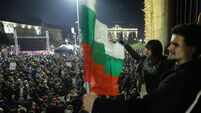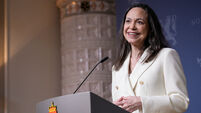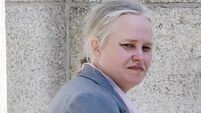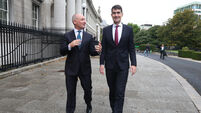Historic public autopsy
Professor Gunther von Hagens began the post mortem in front of a paying audience of 500 people in an art gallery in London’s East End. It included anatomy professors who were asked to attend by Scotland Yard after a government inspector warned the autopsy could be illegal.
Scotland Yard had refused to say whether it would stop the autopsy before a crowd and a TV camera crew at the gallery where von Hagens’ Body Worlds exhibition of preserved human corpses has created a sensation.
One of his assistants identified the body as that of a 72-year-old German man. “There was nothing exceptional in his life. He was a businessman, an employee, who lost his job at the age of 50. At that time he started drinking,” the assistant said.
Dr Jeremy Metters, the official Inspector of Anatomy, had said the procedure is illegal under the 1984 Anatomy Act because neither von Hagens nor the venue had post mortem licenses.
The 500 people paid $19 each for tickets to the autopsy, which was shown on giant screens inside an art gallery. During the procedure, the organs were to be passed around the audience in trays. The professor said the family of the German man had consented to the procedure.
Public autopsies became popular across Europe from the 16th century, after the Roman Catholic Church gave permission for surgeons to dissect bodies to help understand the miracle of God’s creation. Leonardo da Vinci acknowledged that he dissected more than 30 corpses stolen from graves for his anatomical drawings.














